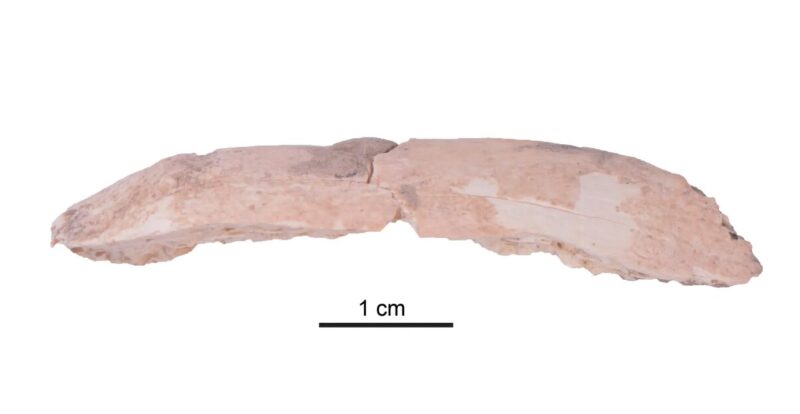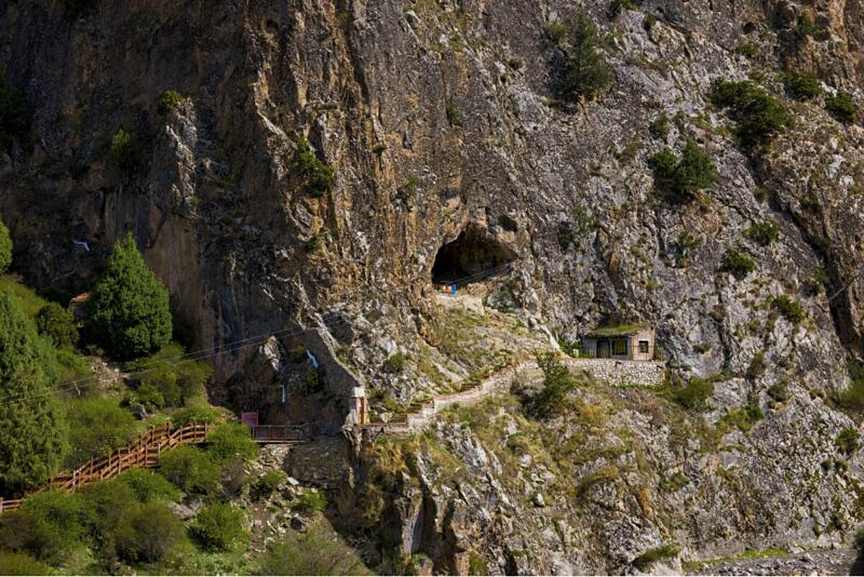The discovery of bones in a Tibetan cave 3,280m above sea level suggests that the little-known Denisovans lived on the high, arid plateau for millennia.
Researchers found over 2,500 bones in the Baishiya Karst Cave, which is one of just two places where we are sure the Denisovans lived. The elusive hominins were contemporaries of both Neanderthals and Homo sapiens. There is evidence that they interbred with both groups.
The few known Denisovan remains lie within only three caves. We have no idea when or why they died out, which means that every discovery about them is invaluable. Their presence on the harsh Tibetan Plateau gives an insight into the ancient humans’ ability to survive a wide range of climates and diets.
The recently discovered bones include one Denisovan rib that dated to between 48,000 and 32,000 years ago. This is the same time that Homo sapiens were spreading across Eurasia. We already have evidence that these ancient humans lived in this area 190,000 years ago. The new fossil suggests they endured two cold periods and a warmer interglacial period between the Middle and Late Pleistocene eras.

The Denisovan rib fragment dates between 48,000 and 32,000 years ago. Image: Dongju Zhang/Lanzhou University
Good place to live, despite altitude
“The fossil and molecular evidence indicates that Ganjia Basin, where Baishiya Karst Cave is located, provided a relatively stable environment for Denisovans, despite its high altitude,” said Frido Welker, co-author of the study. “The question now arises when and why these Denisovans on the Tibetan Plateau went extinct.”
Nearly all other bones within the cave belong to animals and indicate the diet of these ancient humans. Unfortunately, the bones were in such small fragments that they were nearly impossible to identify by sight. Instead, the researchers analyzed the bone collagen using mass spectrometry to figure out what species they belonged to.
The vast majority came from blue sheep, small birds, wild yaks, equids, woolly rhinos, and spotted hyenas. The markings on the bones show how adept the Denisovans were at hunting and using all parts of the animals they caught. Markings on the surfaces show they stripped all meat from the bones and removed all the bone marrow. Many fragments had also been fashioned into tools.
The study “reveals new information about the behavior and adaptation of Denisovans both to high altitude conditions and shifting climates,” said one researcher. “We are only just beginning to understand the behavior of this extraordinary human species.”






